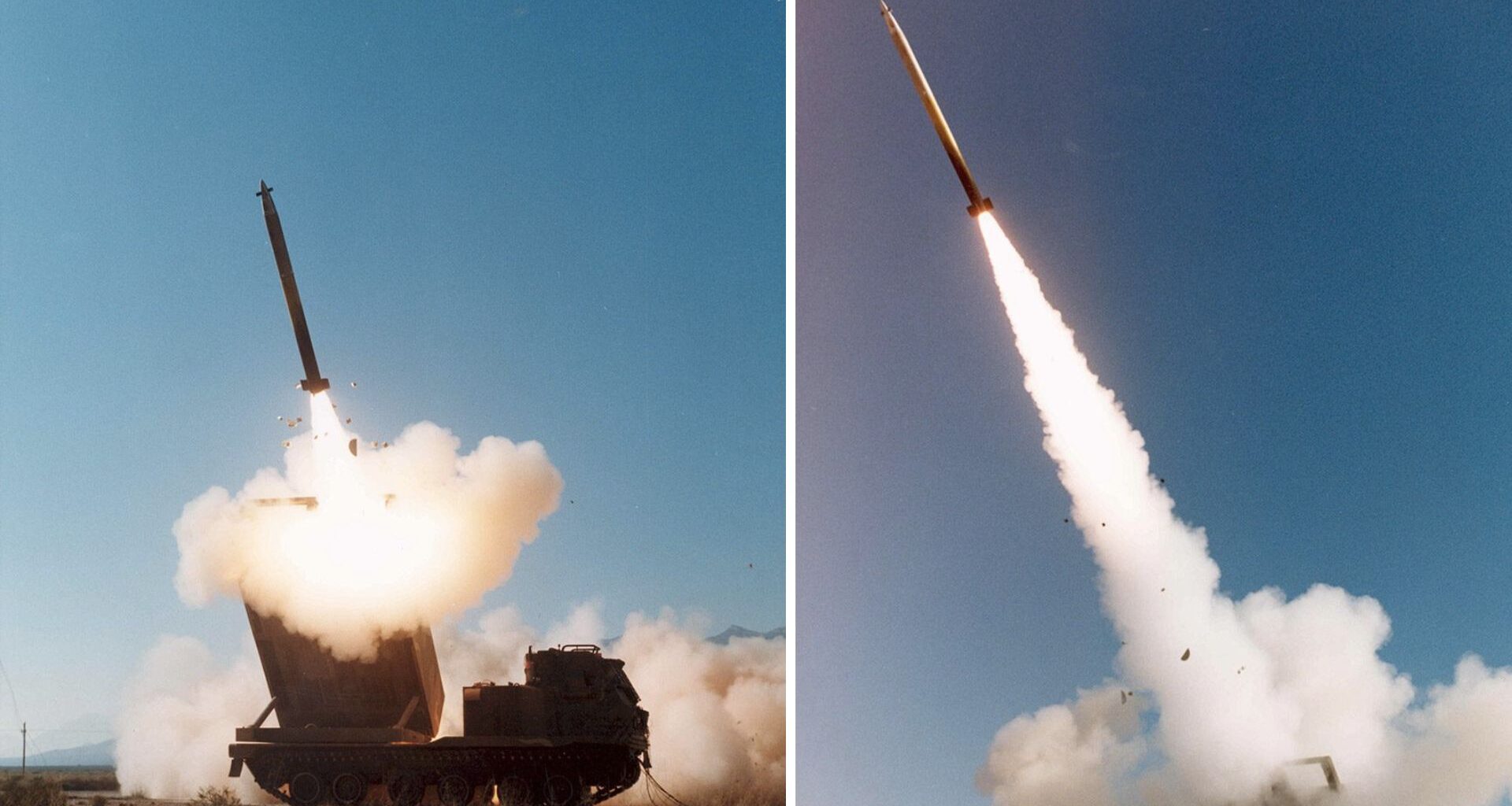A Texas-based defense giant is all set to increase the production of guided rocket munitions for artillery systems. Lockheed Martin’s Missiles and Fire Control (MFC) has been awarded a $4,234,948,956 contract for the continued production of Guided Multiple Launch Rocket System (GMLRS) munitions.
Under the $4,234,948,956 contract from the U.S. Department of Defense, Lockheed Martin will continue manufacturing the precision-guided rocket systems until October 20, 2027, according to a report.
The Guided Multiple Launch Rocket System (GMLRS) family of munitions is the primary round for the combat-proven MLRS family of launchers (HIMARS and M270), according to Lockheed Martin.
All-weather precision-guided rocket
GMLRS, also known as the “70-kilometer sniper rifle”, is an all-weather, precision-guided rocket. The system offers higher accuracy, reducing the number of rockets needed to defeat targets.
Lockheed Martin claims that the MLRS Family of Munitions (MFOM) includes a variety of precision-strike rockets and missiles, with on-going evolutionary development to meet the needs of the warfighter. These combat-proven low-cost, low-risk rounds greatly reduce collateral damage and provide tremendous capability and flexibility in addressing today’s threats.
There are multiple GMLRS variants, according to the company. Its GMLRS Unitary round integrates a 200-pound unitary warhead, providing precision strike for point targets. The Unitary variant has a range exceeding 70 kilometers.
Extended range variant
GMLRS Alternative Warhead (AW) variant was the first munition developed to service area targets without the effects of unexploded ordnance, complying with the U.S. Department of Defense cluster munitions policy and international policies. The AW variant has a range exceeding 70 kilometers and delivers a 200-pound class fragmenting warhead.
A new developmental variation of the GMLRS family is Extended-Range (ER) GMLRS. It offers an extended range out to 150 kilometers in all weather conditions. ER GMLRS shares commonality with legacy GMLRS, and is deployable by HIMARS and the MLRS M270 family of launchers. The rounds incorporate a larger motor and have enhanced maneuverability due to tail-driven control.
The awarding of this $4.2 billion production contract reflects not only the U.S. Army’s commitment to maintaining a high-readiness stockpile of guided munitions but also the increased international demand driven by recent battlefield successes. The combat-proven performance of GMLRS rockets in the hands of Ukrainian forces has showcased their strategic value in disrupting enemy logistics, neutralizing command posts, and breaking through fortified frontlines with precision that was previously limited to air-delivered munitions, reported Army Recognition.
The company has revealed that more than 60,000 GMLRS rockets have been produced to date. GMLRS rockets have a reliability rating exceeding 98 percent, according to Lockheed Martin.
The persistent, responsive, all-weather, and rapidly-deployable rocket offers long-range, surface-to-surface hit capability. It can be fired from both the MLRS M270 family of launchers and the HIMARS launchers.
The system has 6 rockets per launch pod, with 2 pods carried by the M270 launchers and 1 pod carried by the HIMARS launchers.
